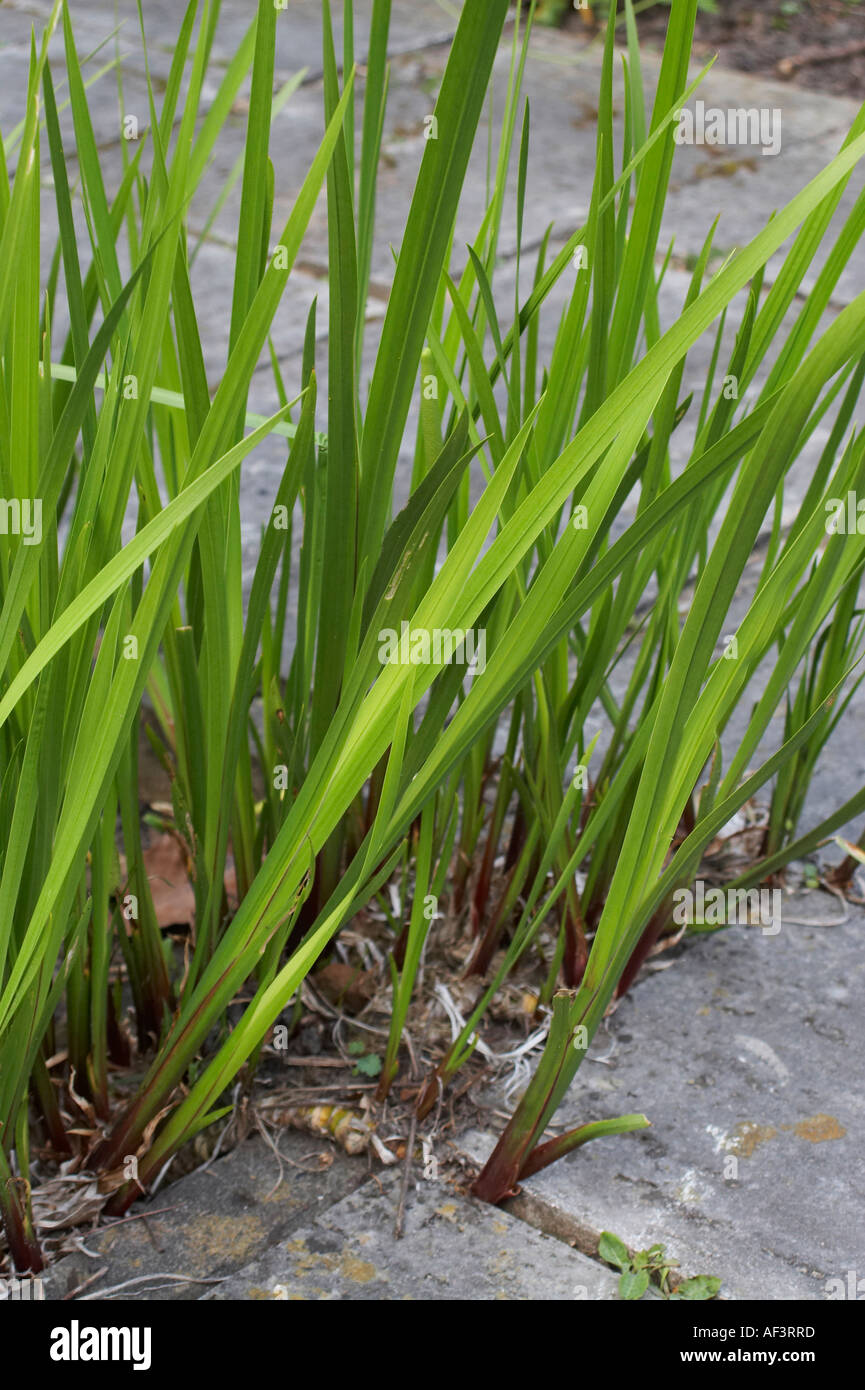Araceae - Acorus calamus

Image details
Contributor:
Piotr & Irena Kolasa / Alamy Stock PhotoImage ID:
AF3RRDFile size:
52.6 MB (1.8 MB Compressed download)Releases:
Model - no | Property - noDo I need a release?Dimensions:
3498 x 5256 px | 29.6 x 44.5 cm | 11.7 x 17.5 inches | 300dpiMore information:
Calamus or Common Sweet Flag (Acorus calamus) is a plant from the Acoraceae family. It is a tall perennial wetland monocot with scented leaves and rhizomes which have been used medicinally, for its odor, and as a psychotropic drug. It is known by a variety of names, including cinnamon sedge, flagroot, gladdon, myrtle flag, myrtle grass, myrtle sedge, sweet cane, sweet myrtle, sweet root, sweet rush, and sweet sedge. Probably indigenous to India, Acorus calamus is now found across Europe, in southern Russia, northern Asia Minor, southern Siberia, China, Japan, Burma, Sri Lanka, and northern USA. The morphological distinction between the Acorus species is made by the number of prominent leaf veins. Acorus calamus has a single prominent midvein and then on both sides slightly raised secondary veins (with a diameter less than half the midvein) and many, fine tertiary veins. This makes it clearly distinct from Acorus americanus. The leaves are between 0.7 and 1.7 cm wide, with average of 1 cm. The sympodial leaf of Acorus calamus is somewhat shorter than the vegetative leaves. The margin is curly-edged or undulate. The spadix, at the time of expansion, can reach a length between 4.9 and 8.9 cm (longer than A. americanus). The flowers are longer too, between 3 and 4 mm. Acorus calamus is infertile and shows an abortive ovary with a shriveled appearance. The calamus has long been a symbol of male love. The name is associated with a Greek myth: Kalamos, a son of the river-god Maeander, who loved Karpos, the son of Zephyrus and Chloris. When Karpos drowned, Kalamos was transformed into a reed, whose rustling in the wind was interpreted as a sigh of lamentation. The plant was a favorite of Henry David Thoreau (who called it sweet flag), and also of Walt Whitman, who added a section called The Calamus Poems, celebrating the love of men, to the third edition of Leaves of Grass (1860). In the poems the calamus is used as a symbol of love, lust, and affection. It has been sugge